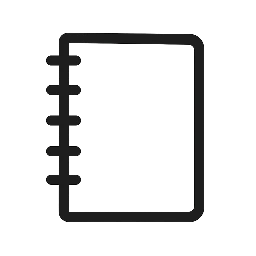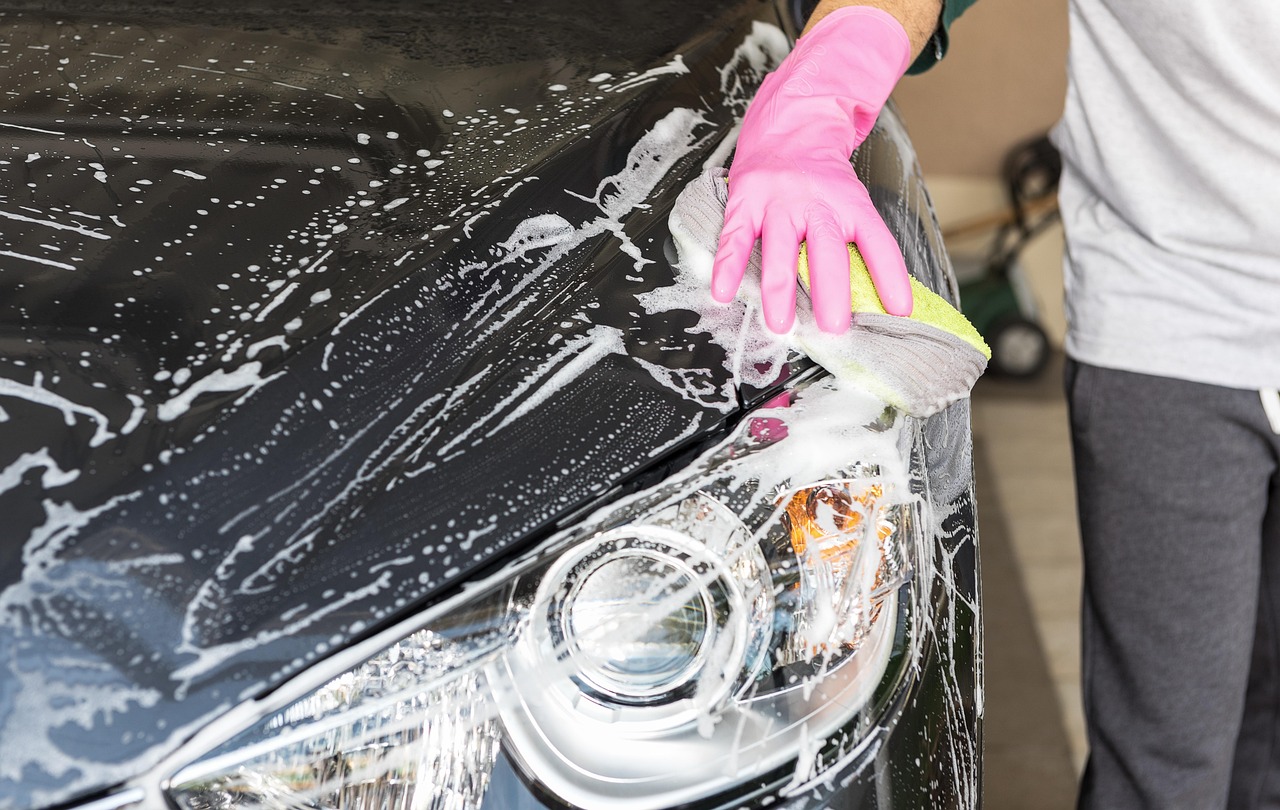Paint protection film for cars is a clear, durable layer applied to a vehicle’s surface to shield it from scratches, chips, and other minor damage. It preserves the car’s paint by acting as a physical barrier against everyday wear and tear, extending the vehicle’s aesthetic lifespan.
This film is designed to be nearly invisible, maintaining the car’s original look while providing protection. It appeals to those who want to keep their vehicle in good condition without frequent touch-ups or costly repairs.
Users often choose paint protection film for its ability to maintain resale value and reduce maintenance effort. Its popularity continues to grow as more drivers seek long-term solutions for preserving their investment.
Understanding Paint Protection Film for Cars
Paint protection film (PPF) is a clear, adhesive material applied to a car’s exterior to guard against damage. It acts as a barrier that preserves the vehicle’s finish while maintaining its appearance.
What Is Paint Protection Film?
Paint protection film is a thermoplastic urethane film applied directly to the painted surfaces of a car. It protects the paint from scratches, rock chips, dirt, and minor abrasions.
The film is flexible and self-healing, meaning small scratches can disappear with heat or sunlight exposure. It is usually installed by professionals to ensure smooth application without bubbles or wrinkles.
PPF is transparent and designed to be nearly invisible, so it doesn’t alter the car’s color or shine. The thickness ranges between 6 to 12 mils (0.15 to 0.3 mm), balancing protection with minimal bulk.
Benefits of Paint Protection Film
PPF shields the paint from physical damage caused by road debris, insects, and minor impacts. This protection helps maintain the vehicle’s resale value by reducing visible wear.
The self-healing properties allow minor scratches to vanish, reducing the need for frequent touch-ups or paint correction. It also resists yellowing and discoloration better than traditional clear coats.
PPF is easy to clean because its smooth surface repels dirt and grime. It also protects against chemical stains from bird droppings, tree sap, and road salts.
Types of Paint Protection Films
There are primarily three types of PPF:
- Standard Clear PPF: Basic protection with good durability and transparency.
- Matte Finish PPF: Offers a satin look for vehicles with matte paint, while providing protection.
- Self-Healing PPF: Contains advanced technology to repair minor scratches using heat or sunlight exposure.
Each type varies in thickness, flexibility, and price. The choice depends on the car owner’s needs, budget, and aesthetic preferences.
Paint Protection Film Installation and Maintenance
Installing paint protection film (PPF) requires precision and attention to detail, while maintenance is essential to preserve its protective qualities. Understanding installation options, the key steps involved, and proper care methods ensures the film performs as intended.
Professional vs. DIY Installation
Professional installation offers precise, bubble-free application using tailored tools and controlled environments. Experts handle complex curves and edges better, reducing risk of damage or improper adhesion. They typically provide warranties covering installation workmanship.
DIY kits are less expensive but demand skill and patience. Common challenges include alignment errors, air bubbles, and dust contamination. Beginners may find extensive prep work, such as thorough cleaning and paint correction, difficult to execute well.
The choice depends on the user’s experience and budget. For high-value vehicles, professional installation is usually recommended to maximize film lifespan and effectiveness.
Key Steps in the Installation Process
The surface must be cleaned meticulously to remove dirt, wax, and oils. Any residue can cause bubbles or peeling. Professionals often use isopropyl alcohol for final cleaning.
Next, precise cutting or pre-cut film tailored to the vehicle model is applied using a slip solution to allow positioning. After placement, squeegees push out air and liquid, ensuring full contact with the paint.
Edges and seams receive extra attention to avoid lifting. The film cures over 24 to 48 hours, during which the vehicle should be kept dry and away from extreme temperatures.
Maintaining Paint Protection Film on Your Vehicle
Regular washing with pH-neutral soap prevents grime buildup that could affect the film’s clarity. Avoid harsh chemicals or abrasive tools that might scratch or degrade the film surface.
Inspect the film periodically for lifting edges or damage. Small chips can sometimes be repaired professionally. Applying a protective wax or sealant designed for PPF can help repel dirt and water.
Avoid pressure washers at close range; maintain a distance to prevent peeling. Proper maintenance extends the film’s lifespan and preserves the car’s finish.


Leave a Reply